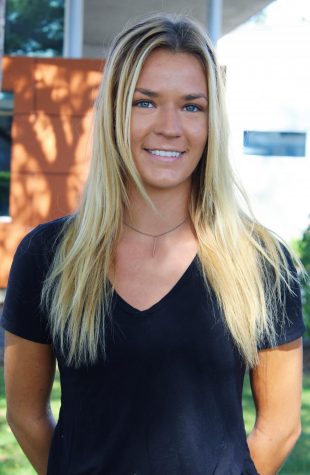As the global pandemic persists, contact tracers in Los Angeles remain deployed throughout the county to track down those who tested positive. According to the Los Angeles Times, as many as 2,800 contact tracers were dispersed at its peak.
COVID FATIGUE
Contact tracing follows the trail of an infected person in order to trace any points of contact with other individuals. According to the Public Health Department, only 43% of those interviewed gave the names and contacts of people they crossed paths with.
While many individuals who are 65 and older are vaccinated, younger generations are testing positive more frequently, according to the L.A. Times. The article explained that people are not taking the pandemic seriously as “COVID fatigue” sets in.
“We call them three times in a row. We leave messages. We text them. And they call us back and tell us, ‘take me off your list and stop texting me,’” said Gema Morales-Meyer, a case and contact interviewer of the L.A. County Department of Public Health.
According to the Times, people are not as scared as they were at the start of the pandemic. With a majority of the county reopened and individuals returning to social gatherings, people often ignore calls from health officials.
The time-intensive work that contact tracers dedicated to interviews now includes door-to-door check-ins. However, the efforts are not proving to be as successful as originally intended.
“A lot of times by the time cases are reported, transmission has already occurred by the time we reach that person,” said Dr. Paul Byers, a state epidemiologist.
BIOLA TRACING
As positive cases of the virus continue to rise, Director of Health Sarah Templeton explained at the Town Hall that took place through Zoom on Sept. 9 that her team at the Health Center are taking all possible measures to reduce the likelihood of major outbreaks on campus.
“Biola will follow the [Centers for Disease Control and Prevention] quarantine guidelines for vaccinated and unvaccinated people if a student tests positive for COVID or they are exposed to the virus,” Biola’s coronavirus website states. “Students within driving distance may be able to safely isolate or quarantine at home. Others will be offered spaces on campus.”
Those who come in contact with an individual who tested positive will be placed in isolation until a proper PCR test can prove a negative result.
“If a student is considered a ‘close contact,’ they will receive an email from the Health Center and will then enter into the quarantine process,” said Administrative Assistant to the Senior Director of University Communication Sarah Dougher.
Students who are placed in on-campus quarantine or isolation will be able to work with their professors remotely to complete coursework and will not be penalized for their absence. Students will have their basic needs met through ongoing medical care, spiritual and mental health care as well as meal deliveries.












